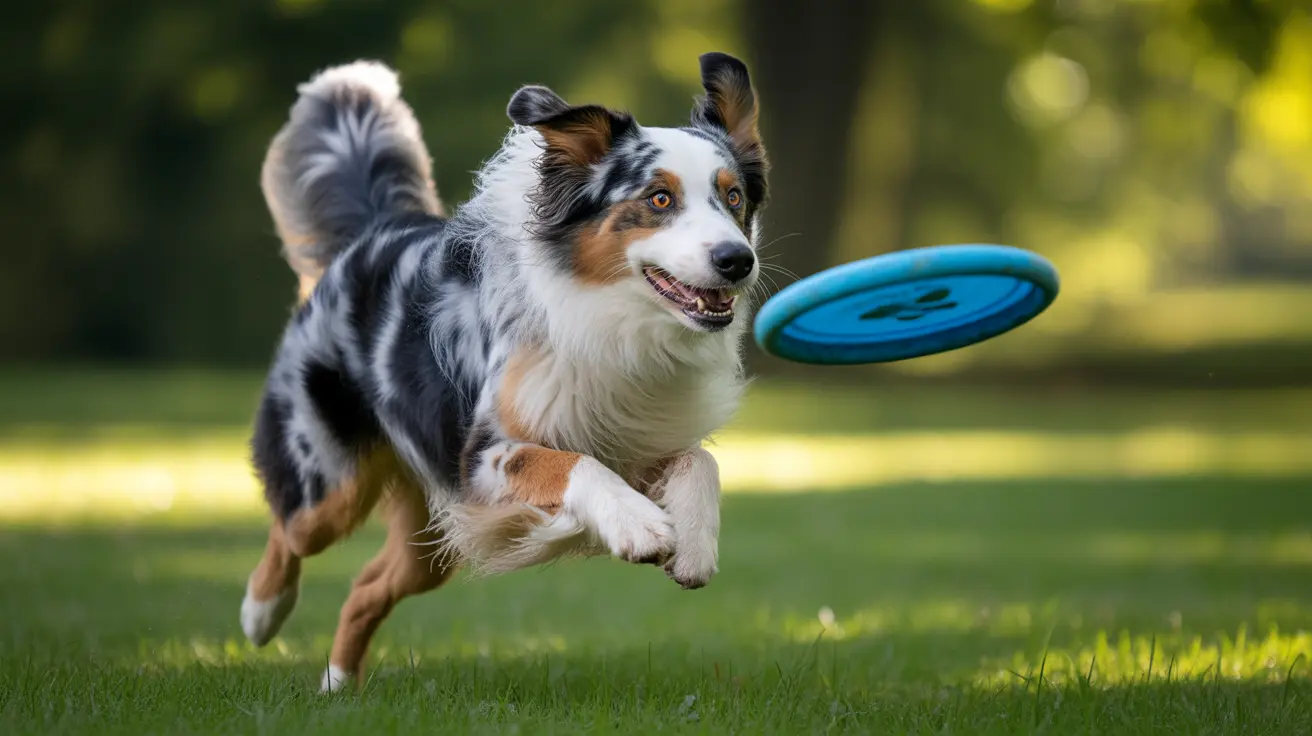Is Broccoli a Laxative for Dogs? A Comprehensive Guide
Broccoli is a popular vegetable lauded for its numerous health benefits in humans, but when it comes to feeding our canine companions, pet owners must exercise additional caution. One common question is whether broccoli acts as a laxative for dogs. The answer is nuanced. While broccoli itself is not classified as a laxative, it can lead to digestive issues such as diarrhea or gas, especially if given in excess. Let's explore the implications of feeding broccoli to dogs and how to do it safely.
1. Nutritional Value of Broccoli
Broccoli is rich in essential nutrients that can boost a dog’s health:
- Fiber: Promotes digestion and regular bowel movements.
- Vitamin C: Supports immune function and reduces inflammation.
- Vitamin K: Aids in bone health and blood clotting.
- Folic acid, magnesium, potassium, calcium, and sodium: Support a variety of bodily functions, including heart health and muscle function.
Despite these benefits, commercial dog foods are designed to provide all essential nutrients, making supplementation with vegetables unnecessary for well-fed dogs.
2. Isothiocyanates in Broccoli
The florets of broccoli contain natural compounds called isothiocyanates. These are known for their anti-carcinogenic properties but can be irritating to a dog’s digestive system. When consumed in large quantities, they can lead to symptoms such as:
- Excess gas
- Bloating
- Abdominal discomfort
- Diarrhea
The irritation caused by these compounds is the reason some people believe broccoli acts as a laxative in dogs. However, it's more accurate to describe the effect as a potential gastric irritant rather than a natural laxative.
3. Proper Portion Sizes
To avoid digestive issues, pet owners should adhere to the 10% rule: broccoli, along with other treats, should not make up more than 10% of a dog’s daily food intake. Safe serving sizes include:
- Small dogs (up to 25 pounds): 1–3 small pieces
- Medium dogs: 3–4 pieces
- Large dogs: 5–6 pieces
- Extra-large dogs: 7–8 pieces
Always monitor for signs of digestive distress and adjust portions accordingly.
4. Safe Preparation Methods
Correct preparation is key to making broccoli safe for canine consumption:
- Always serve it plain—no seasonings, oils, butter, garlic, or onion
- Choose either raw (in small pieces) or cooked/steamed for easier digestion
- Wash thoroughly to remove pesticides and contaminants
- Chop into bite-sized pieces to prevent choking hazards
- Cook or finely chop stems as they are fibrous and hard to digest
5. Dogs Who Should Avoid Broccoli
Not all dogs react to broccoli the same way. Avoid feeding broccoli to:
- Puppies: More prone to digestive issues and choking
- Dogs with sensitive stomachs: Higher risk of gas and diarrhea
- Dogs with certain allergies: Symptoms like vomiting, diarrhea, itchy skin
Introduce broccoli slowly and watch for signs of intolerance or allergies.
6. Alternatives to Broccoli
If your dog shows signs of GI upset from broccoli or dislikes the taste, consider these dog-safe vegetable alternatives:
- Carrots
- Peas
- Sweet potatoes
- Cauliflower
As with broccoli, these should be offered plain and in appropriate portions.
7. Warning Signs and When to Consult a Veterinarian
If your dog consumes too much broccoli or shows symptoms of distress, consult a veterinarian. Warning signs include:
- Vomiting
- Severe diarrhea
- Lethargy
- Bloating
- Decreased appetite
- Persistent gas
Early intervention can prevent more serious complications such as intestinal blockage or dehydration.
8. Conclusion
While broccoli is not inherently a laxative for dogs, its natural fiber and isothiocyanate content can cause loose stools or diarrhea if given in excess. Used wisely and in small quantities, it can be a healthy treat for adult dogs. However, it's not essential for a dog's diet, especially if they already eat a balanced commercial dog food. As with any new food, introduce broccoli slowly and observe how your dog reacts. And when in doubt, always consult your veterinarian about diet choices tailored for your dog’s specific needs.





